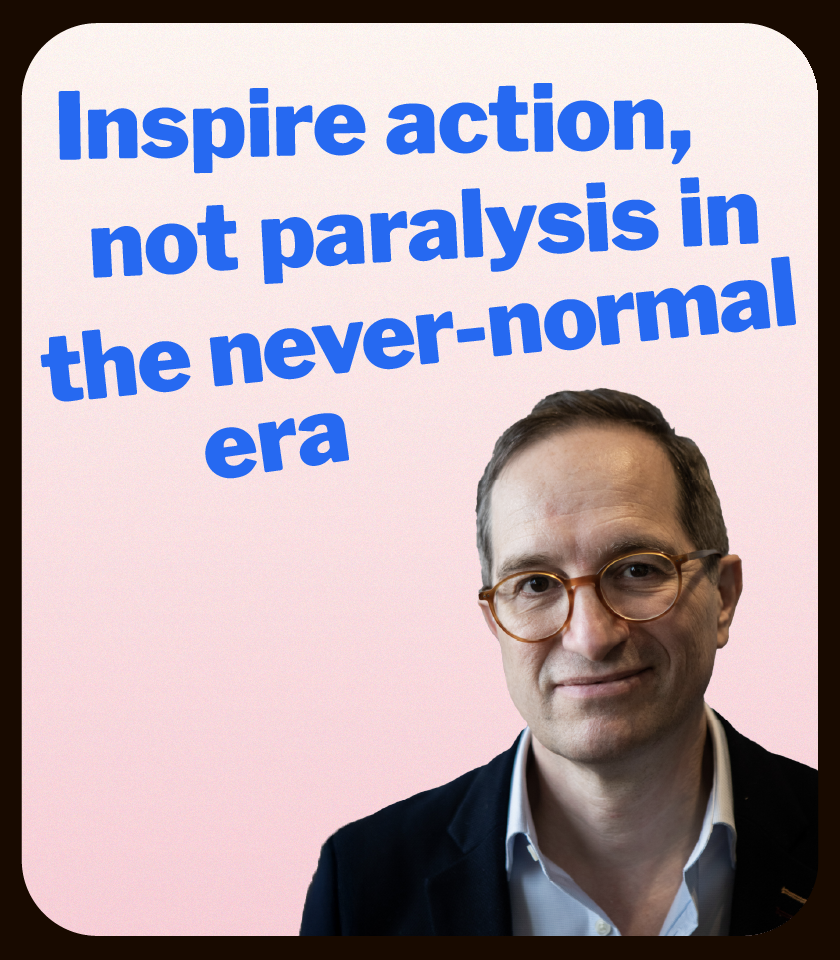TikTok and Generation Z are two of modern marketing’s fastest moving targets. The good news? Cracking the code may be easier than you think. It all starts with embracing the utter brilliance of yesterday – not trying to reinvent the wheel.
Every night I make adamant plans to go to sleep by 11 pm, (because nobody wants a groggy copywriter in the morning). Needless to say, last night, like most nights, I found myself scrolling aimlessly through TikTok until about 2 am. In an effort to denounce any shame linked to my TikTok consumption, I like to say that it is solely for *research purposes*.
Here’s what I found during my most recent late-night scroll-athon: Understanding TikTok’s unique algorithm is a losing game. Still, I couldn’t help but grow curious about the content taking control of my For You page. Consequently, two questions came to mind (1) Why the heck is everyone making Adult Swim TikToks? And (2) why are they so good? (Seriously. Check this out).

Adult Swim’s social media comeback takes me back to adolescent years. It makes me think about the times that I would stay up past my bedtime to watch the shows made for the older kids. With the resurgence of all things 2000s in fashion, media, and advertising, it looks like this feeling isn’t going anywhere anytime soon. And I’m here for it. It gives us something to consider.
The upswing of all things Y2K emphasizes nostalgia’s role in communicating with consumers. It’s why I say that, in order to appeal to our people (Generation Z), cut the “Future is Now” talk, and take an approach that’s a heck of a lot simpler. We don’t want new, we want old. Old old. Old like rummaging through your dad’s closet without his consent. Old like collecting records even though we could easily stream them on Spotify. Old like shooting on film, because sometimes it's nice to experience life slowly. Old like the ratty blanket that travels between home-home and college-home.
As much as I hate to be the guy who blames everything on COVID, I will say that, after the year we’ve survived, you can’t blame us for our desperate pleas for simpler, happier times. We’re tired of brands jumping through hoops to bring us something that’s never been done — something that dismantles life as we know it. Sometimes, there’s nothing like the rebirth of a childhood memory to make us feel all ~warm and fuzzy~ inside. It’s what makes adults embrace their youth.
If you haven’t seen the Power Ranger’s inspired Reebook shoe, you’re in for a treat. It’s a youthful take on the Question Mid released in 1996. The primary colors are an ode to (almost) all of the rangers, and manage to take us back to elementary school — when life was full of color. The metallic trim feels like a shield of armor against the pressures of adulting. I’m sure that someone will be knocking at Reebok's door to get their hands on these bad boys. Why? Because they invoke repressed memories of a simpler time.
Whether it be the way we listen to music or how we navigate modern marketing, there’s something heartwarming about acts of nostalgia. They feel sort of like a visit to your childhood bedroom — full of memories, effortlessly comforting, and sometimes so ugly that it’s good. It’s because of this that I’ll scream from the rooftops of Madison Ave, “The new new is old.” Or, “The new old is new.” Whatever — what I’m trying to say here is that old is good. And we want to see more of it. In order to reach Nike or Burger King-level success, it’s important to listen to what the consumers, our people, are saying. Through TikTok fads like the AdultSwim challenge, the boom of teens exploring film photography, and modern takes on old-school streetwear classics, it’s no shock when someone tells us that the only future they want to hear about is yesterday.




.png)



